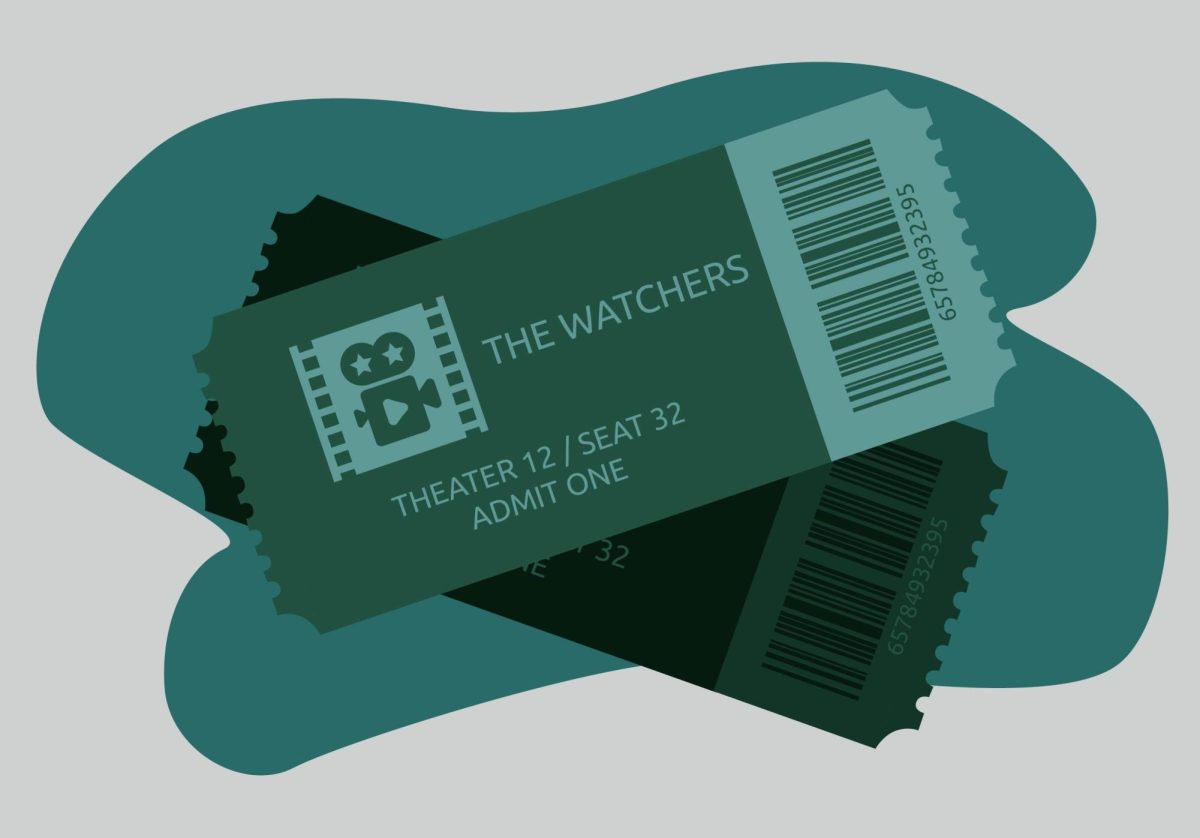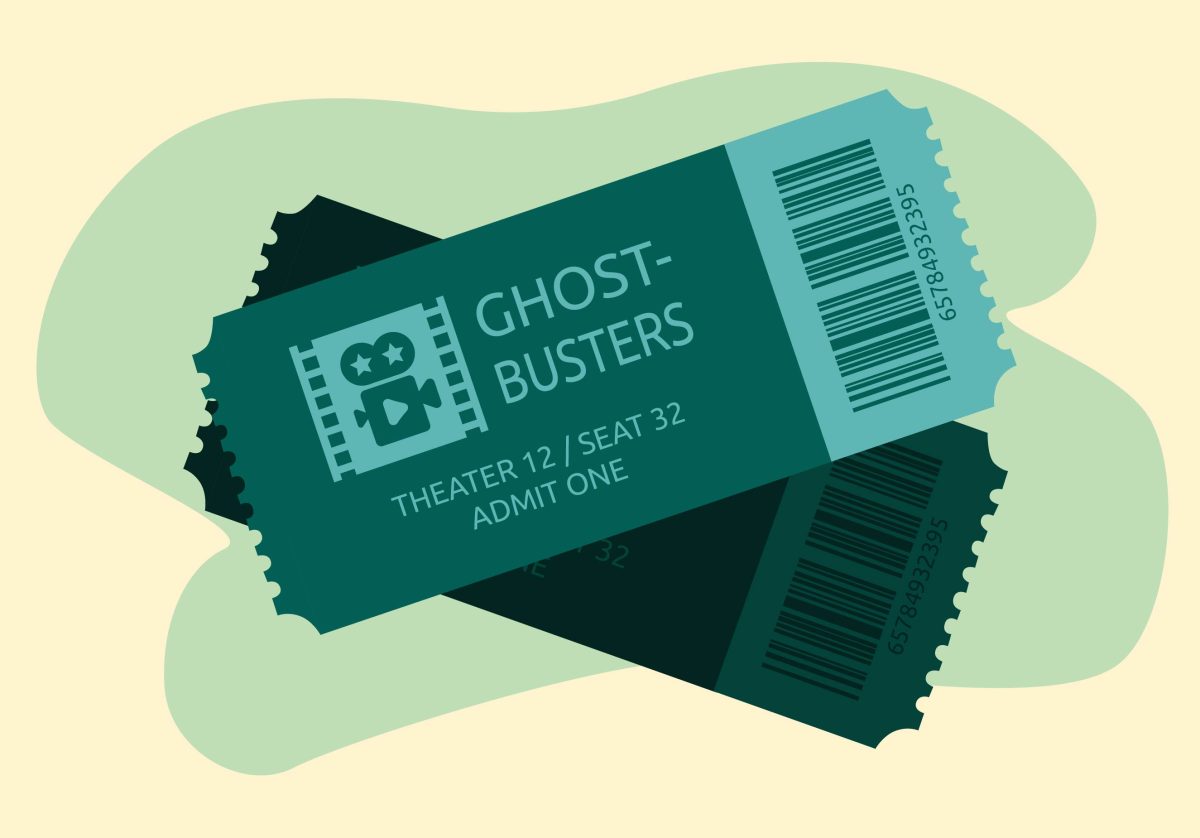DIRECTED BY: Werner Herzog
STARRING: Werner Herzog, Dominque Baffier, Jean Clottes
RATED: NYR
SHOWING: Apr. 29, limited release
In 1967, theorist Marshall McLuhan published a work that outlined his vision of a society that was moving from a centuries-long fixation on text and towards the use of new technologies to convey information through the more immersive world of sound and vision. To McLuhan, citizens would progressively communicate in a way that harkens back to the integrative, sensual world of pre-historical man.
Werner Herzog’s new 3D documentary, âÄúCave of Forgotten Dreams,âÄù which takes viewers on a journey inside the highly protected and meticulously preserved Chauvet cave to see 32,000-year-old cave drawings, is an apt illustration of the sensory blend between the new and the very, very old.
A small coterie of researchers can only gain access to the Chauvet cave during a month-long period every year, and inside they must confine their movements to a two-foot walkway or risk destroying the glittery, glass-like layers of calcite that coats the stalactite and stalagmite-studded surface. Visitors must also limit their visits to a few hours at a time, due to toxic levels of radon and carbon dioxide inside the cave.
Obviously, the logistical challenge was too good for the inimitable Herzog to resist, who received special permission from the French Minister of Culture to film inside the cave. Herzog’s crew was pared down to a paltry three, and they were given a total of six days to get footage. At four hours each session, they had what totals to a single day inside the cave to shoot a feature film about the Chauvet drawings, which are twice as old as any other in the world.
It’s easy to be swept away by the incomprehensible natural grandeur of the cave, which, sealed by a rock slide tens of thousands of years ago, had been unseen by human eyes until its happenstance discovery by a group of speleologists in 1994. Though the technical feat of capturing the cave is unlikely to be accomplished by many filmmakers, its completion was a foolproof spiritual ballbuster with the requisite meditations upon mankind’s beginnings.
Herzog squeezes a pensiveness and speculation out of his talking heads, who lend a scientific perspective to the film while also helping Herzog loft the drawings into a mystical realm. The sacred cave is like a cathedral to the enigmatic deity of primitive man, from what one expert referred to as a familiar, yet distant universe.
The âÄúGrizzly ManâÄù director’s irrepressible need to poeticize nature is brought to a head in âÄúCave of Forgotten Wonders,âÄù which meanders along a philosophical âÄî rather than scientific âÄî journey through the cave and poses its rhetorical questions about man’s spiritual origins.
Herzog’s choice to use 3D technology is rewarded by breathtaking movements of layered rock faces coming into focus. The imageryâÄôs protrusion into the audience both mimics the sculptural surface of the drawings and provides a view of the cave one would otherwise never be able to have. The dim lighting and restrained camerawork are not so much a visual hindrance, but an enhancement to the overall mise-en-scène as an apt metaphor for a past too far gone to be seen clearly. It is obscured and cloaked in shadows.
Unfortunately, the soundtrack leaves something to be desired âÄî less, to be precise. Herzog is unrelenting in the insertion of austere and cacophonous string accompaniments to almost every image of the cave. It’s an imposing feature and only adds to the sense of claustrophobia one inevitably gets in the close confines of Chauvet.
The experts in the film are certainly engaging, but their eccentricities can make âÄúCaveâÄù take on the manner of a part-time character study. There is an interview with self-titled experimental archeologist Wulf Hein, cloaked entirely in historically Inuit garb and playing a bone flute, and another archeologist who spends five minutes in front of the camera, unsuccessfully throwing primitive spears in a French vineyard. They are nonetheless entertaining, and offer some much needed food for thought while one chomps down on movie-theater popcorn and a pack of Goobers.
With today’s touch-screen phones, internet socialization and touchable holograms, it’s easy to get lost in the infinite digitization of a material world. In âÄúCave of Forgotten Dreams,âÄù Herzog uses a futuristic technology to rocket us back deep into the past. And what a long, strange trip it is.
2.5 out of four stars
















